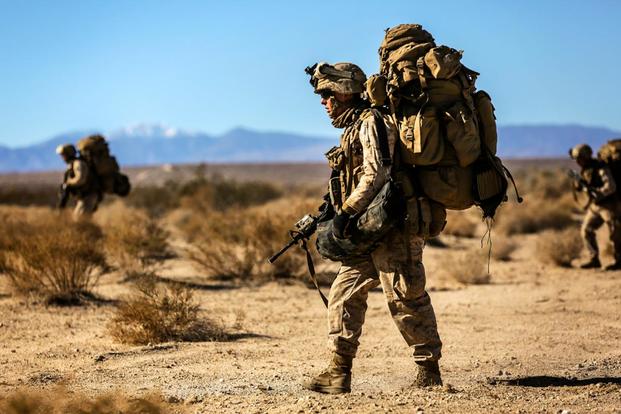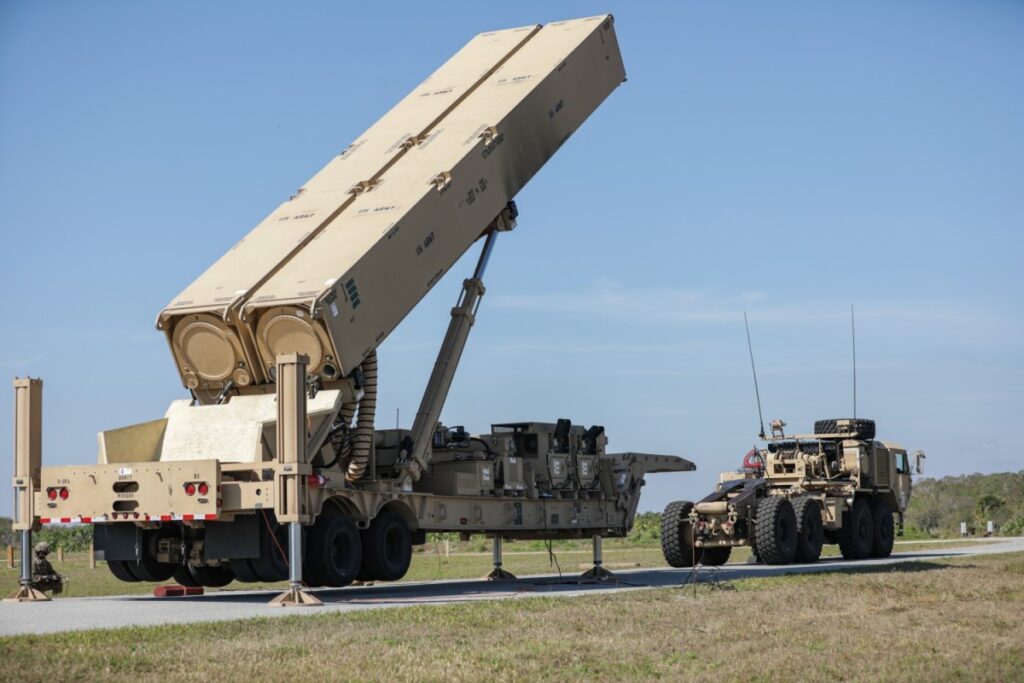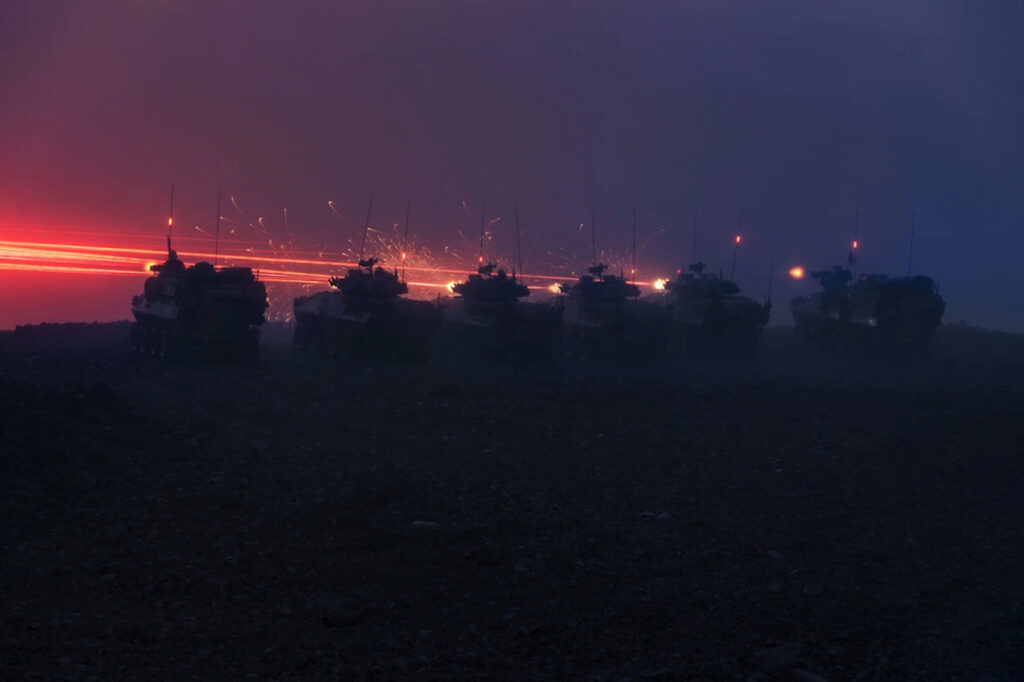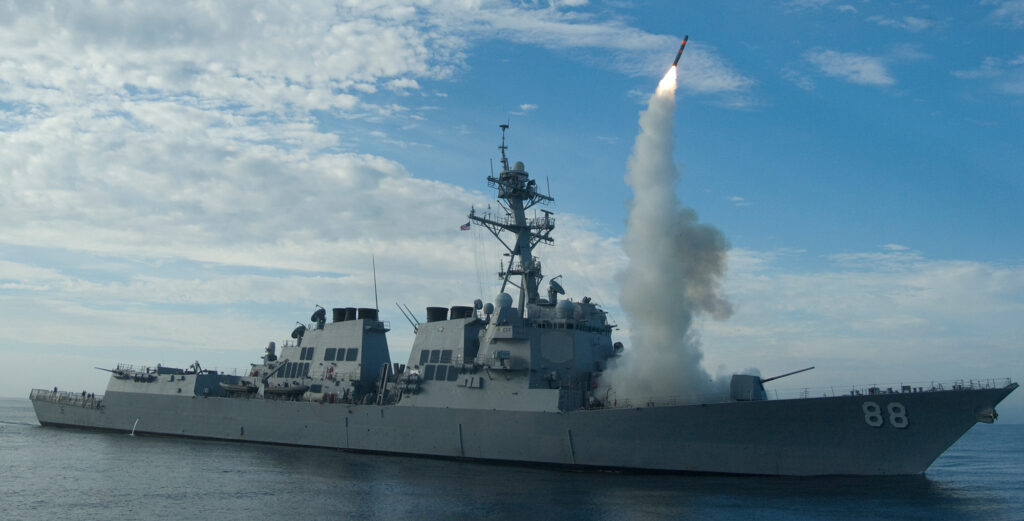In 2009 I was deployed to the Helmand Province of Afghanistan. Our little piece of paradise was essentially the 18th-century world with assault rifles and IEDs. The area’s topography and lack of infrastructure limited us to only foot patrols. It wasn’t easy to resupply, so my staff sergeant put together something he called the boom bag.
My staff sergeant was a Fallujah vet and hard charger. He had three purple hearts and was a warrior through and through. He had served in the Honduran military as an officer and then came to the United States and enlisted in the Marine Corps. He’s retired these days and has become an artist, a rather impressive one with pieces hanging in the Pentagon.
By the time we got to Afghanistan, he was a hardened warrior with multiple deployments and lots of experience. The boom bag came from his experience with not-so-perfect logistics, and he wanted to make sure we were never outgunned and incapable of completing the mission.
Inside the boom bag
By its name, you can gather that the boom bag housed lots of booms. This was true. One of the primary missions of the boom bag was to carry extra ammunition of all types. The bag contained a few extra magazines but also a bandolier chockfull of ammunition loaded onto stripper clips. The speed loader was dummy-corded to the boom bag so it wouldn’t get lost.
We packed the bag with some extra belt-fed ammo, as well as 40mm grenades for our launchers, and smoke and flare options. We quickly learned the value of a good grenadier and knew we needed more grenades. Also, belt-fed ammo goes faster than you’d imagine.

Outside of ammo, we packed some extra chow. Mostly peanut butter packets and those MRE crackers. Peanut butter has tons of calories, carbs, and even some protein. It fills you up while taking up very little space and being very lightweight. On top of that, we packed in water purification tablets and some of those little crystal light packets to hide the taste.
A trip to our company’s BAS got us an extra IFAK full of medical gear for the bag, plus a lot of extra tourniquets. In the event of a casualty, we could patch them up, medevac them, and be able to refill our IFAKs or Doc’s medical gear.
Finally, we packed enough AA batteries to power a Christmas morning. Most of us carried spares, but sometimes patrol would become a three-day Listening Post/Observation Post (LP/OP), and thermal optics drain batteries like crazy. Having spares for your spares was always valuable.
Although the bag was often quite heavy, it was a must-have. We used it more times than I can remember, and it became an invaluable part of our squad loadout.
Related: The most bizarre military shotgun ammo ever

Why?
Well, obviously, extra supplies are handy, but it might be tough to understand just how spread out we could be from the rest of our company or other friendly forces. The small dirt roads of Helmand Province didn’t allow for Humvees and MRAPs to rush us supplies.
Air support was often limited and spread out among multiple units. If you didn’t carry your own supplies, you didn’t have them. My squad was a bit different than your basic line squad. We were not Recon Marines but were a company-level recon squad put together by our company commander.

While everyone did security patrols, we also typically had an objective beyond getting shot at and finding the Taliban. It might be “find a crossing here,” or “find a route from A to B,” or “set up an overnight holding position so a rifle quad can flush out Taliban fighters from village XYZ.”
When we went out, if we tangled with the Taliban, the patrol didn’t just end. We had to complete our objective. The boom bag allowed us to refit and carry on after a firefight. Our staff sergeant was hell-bent on ensuring we completed our objective and that we wouldn’t be doing it without a proper fighting load.
The guy carrying the boom bag became our resupply, a portable S-4, if you will. Outside of patrols and missions, we also occupied patrol bases for periods of time. We were often several kilometers from the main COP, and that meant several kilometers before resupply. The boom bag allowed us to slowly outfit our patrol base with more and more firepower.
Loading up
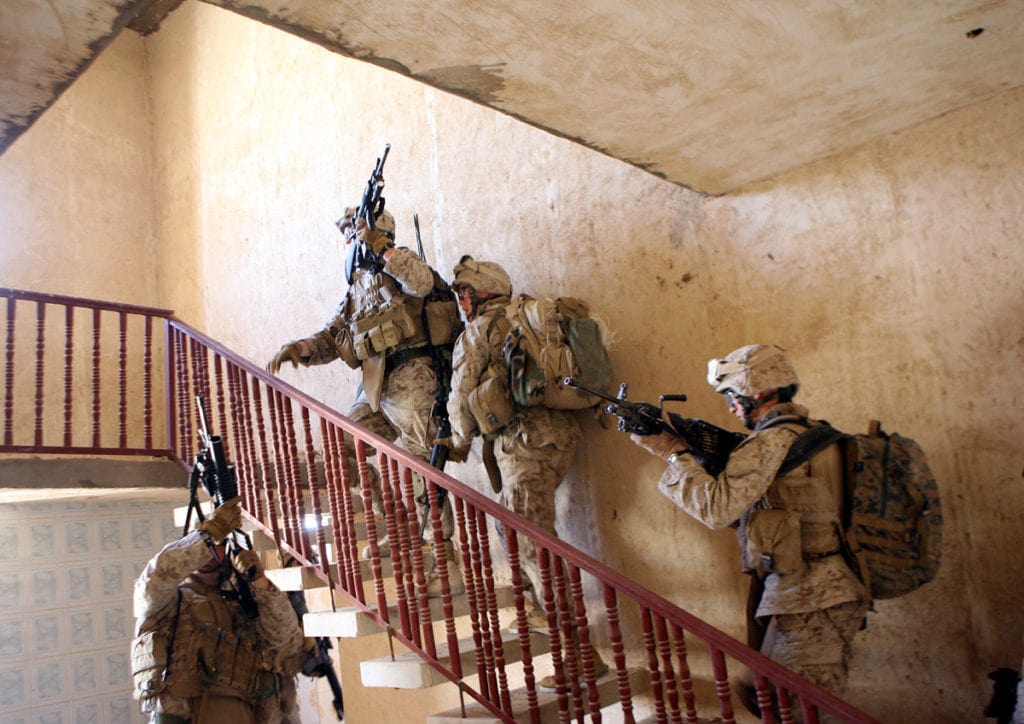
The boom bag would rotate between Marines. It often occupied the back of someone who wasn’t carrying something else. If you carried a radio, an ECM, or a belt-fed, you weren’t carrying the boom bag.
Sometimes it had to be spread across the squad in the event we all packed out for an op that spanned multiple days, but the contents always came on patrol. The boom bag became a member of the squad, and it was the only one we allowed to be fat and happy.
